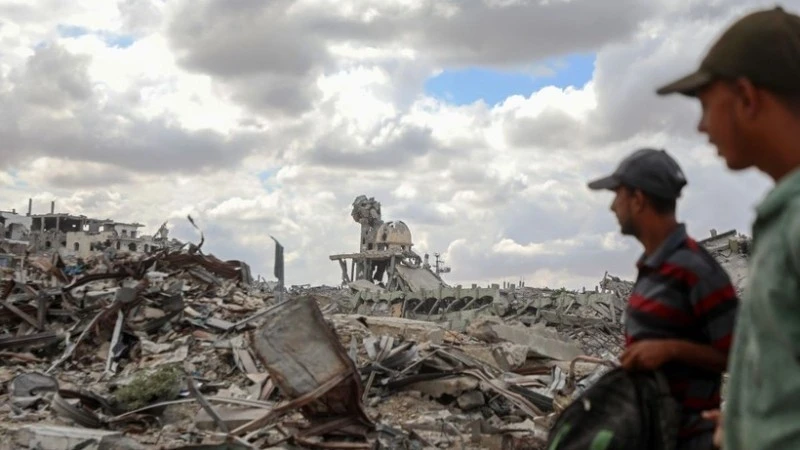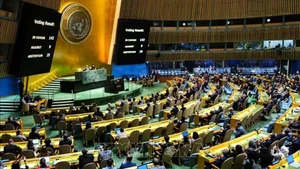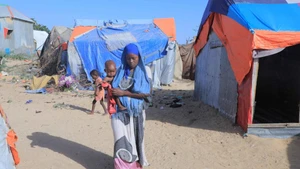“Education offers the best chance for a child to escape poverty and build a better life” — this affirmation by Catherine Russell, Executive Director of the United Nations Children’s Fund (UNICEF), is also one of the main reasons for the United Nations’ adoption of Sustainable Development Goal (SDG) 4 on ensuring quality education inclusiveness, equitability, and lifelong learning opportunities for all by 2030. However, with only five years left to achieve this noble mission, the world faces the risk of falling short of the target. Many children are losing the chance to go to school, which is also the chance to open the door to their future.
In a newly released report, UNICEF warned that as resources for education continue to shrink, by the end of 2026, there will be about an additional 6 million children at risk of dropping out of school, raising the total number of out-of-school children worldwide from 272 million to 278 million. The number of 6 million children out of school is enormous, equivalent to wiping out all primary schools in Germany and Italy. Notably, about one-third of these children live in countries mired in humanitarian crises, caught between multiple threats such as armed conflict, displacement, natural disasters, and famine, as in Haiti, Somalia, Mali, or the territories of Palestine.
According to UNICEF, official development assistance (ODA) for education in 2026 will be declined by as much as 24% compared with 2023, equivalent to a cut of 3.2 billion USD. Africa, a highly vulnerable continent, will be the hardest hit by this reduction in funding. As a result, 1.9 million children in West and Central Africa and 1.4 million children in the Middle East and North Africa will lose their opportunity to study.
As a continent with a large young population, Africa has great development potential. According to research, about 50% of all new entrants to the global labour force will come from the African continent by 2030. By 2100, up to 50% of all children born worldwide will be in sub-Saharan Africa. However, experts fear that conflict hotspots and humanitarian crises is expanding, Africa will lack the resources to invest in education. If remedial measures are not taken timely, this situation could create a “lost generation” in Africa.
A young generation that is not well prepared in terms of knowledge and skills, they will be unable to meet demands of the labour market, leading to lower productivity and high unemployment, thereby creating greater burdens on social welfare systems and national economies. Moreover, for children, especially in least developed countries, education is regarded as a “lifesaver” offering the chance to escape poverty and build a better future.
The wave of cuts to international education aid budgets is further spreading. This may be a short-term fiscal choice, but in the long run, the cost will be very high. That is the setback of an entire generation. Clearly, education should not become a “victim” when budgets are in trouble, but rather the lever to drive the world toward sustainable development goals.
















